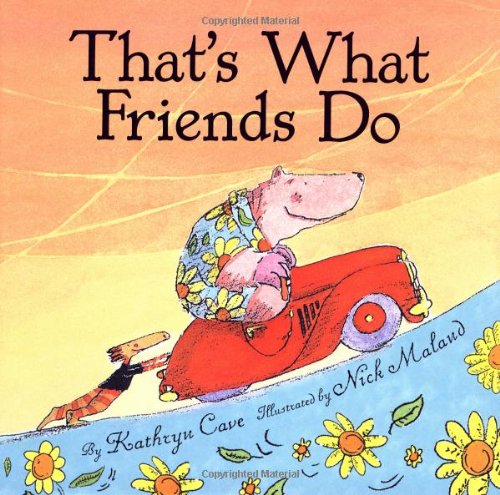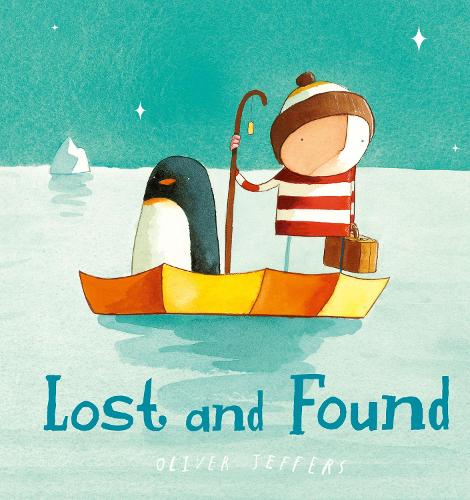By Em Lynas
 |
| Picture by Geoff Lynas |
Reading these texts is like a wine tasting -
I get - opinions, personality, syntax, tone etc. I’m just giving you a flavour of a few of my favourite voices. First
up for tasting:
Georgina Nicholson in Angus Thongs and
Perfect Snogging, by Louise Rennison.
"I am fourteen years old, Uncle Eddie! I
am bursting with womanhood. I wear a bra! OK, it's a bit on the loose side and
does ride up round my neck if I run for the bus... But the womanly potential is
there, you bald coot!"
I'm getting - big personality, loud,
opinionated, comic, irreverent.
Use of Language:
The language is spot on teen plus there's the
technique of adding a suffix to a noun. E.g. "I would like a proper amount
of breastiness."
Bertie Wooster in The Mating Season by P.G
Wodehouse.
"While I would not go so far, perhaps,
as to describe the heart as actually leaden, I must confess that on the eve of
starting to do my bit of time at Deverill Hall I was definitely short on
chirpiness."
I'm getting- humour, a people pleaser and
victim.
Use of Language: Wodehouse turns the ordinary into
the extraordinary making us think and take part in the story with his use of
analogy and metaphor.
Ordinary adjectives are replaced with amusing
adjectives. E.g. "I mentioned this to Jeeves and he agreed that the set up
could have been juicier." Juicier is so much more fun to say than better.
There's exaggeration e.g. "My Aunt Agatha, the
one who chews broken bottles and kills rats with her teeth."
Mattie Ross in True
Grit by Charles Portiss
“People do not
give it credence that a fourteen year old girl could leave home and go off in
the wintertime to avenge her father’s blood but it did not seem so strange then,
although I will say it did not happen every day.”
I’m getting –
unusual character, resilient, determined, an honest person with a strong sense
of justice and fair play.
Use of Language: The
book (and film which is true to the book) has an amazing voice that comes
partly from the lack of contractions in the dialogue and prose (because it’s
Mattie narrating) but also because the vocabulary is limited, there’s very
little description and it reads like a list of facts and statements. E.g. “Tom
Chaney said he was from Louisiana. He was a short man with cruel features. I
will tell more about his face later. He carried a Henry rifle. He was a
bachelor about twenty five years of age.”
I have other
mentor texts but my favourite voice at the moment is -
Not just Flora’s voice but everyone’s voice. Every character in this book has strong opinions on every other character, their world, and the unfairness of Robert Poste’s child (Flora) turning up to (they suspect) claim her inheritance.
Flora in Cold Comfort Farm
by Stella Gibbons.
Not just Flora’s voice but everyone’s voice. Every character in this book has strong opinions on every other character, their world, and the unfairness of Robert Poste’s child (Flora) turning up to (they suspect) claim her inheritance.
There are echoes
of Wodehouse which is always a treat.
“Have you a
plane, Charles? I don’t think an embryo
parson should have a plane. What breed
is it?”
These are just
some of my favourite bits that delve into character.
Flora has decided
to live with relatives rather than work for a living and the Starkadders of
Cold Comfort Farm are the only ones available.
Flora on – not working:
“Well, when I am fifty-three or so I would like to write a novel as good as Persuasion, but with a modern setting,
of course. For the next thirty years or so I shall be collecting material for
it. If anyone asks me what I work at, I shall say ‘Collecting Material’.
Flora on – going to
live with the Starkadders - “On the whole, I dislike my fellow-beings; I find
them difficult to understand. But I have a tidy mind and untidy lives irritate
me. Also, they are uncivilized.”
Flora on Amos –
He was encased in black fustian which made his legs and arms look like
drainpipes, and he wore a hard little felt hat. Flora supposed that some people
would say that he walked in a lurid, smoky hell of his own religious torment.
In any case he was a rude old man.
Seth on women – “Women
are all alike – aye fussin’ over their fal-lals and bedazing a man’s eyes, when
all they really want is man’s blood and his heart out of his body and his soul
and his pride…”
There is so much to mention, too much for a blog, and I'm still analyzing for techniques, but these are a few of the things that hooked me.
I love that the
Starkadders call Flora, Robert Poste’s
child, throughout the book. I love that Aunt Ada Doom doesn’t come out of
her bedroom because, “I saw something
nasty in the woodshed.” I love that the cows are called Graceless, Pointless, Feckless and Aimless which sets the tone so well for
the condition of the farm and animals. I love that Seth goes mollocking and I don't know what that means but I can have a good guess. (I have looked that up and my guess was confirmed.)
I love so much in this book. If you haven’t
read it yet just read this last bit (too long to type!) and you’ll be hooked too.



































